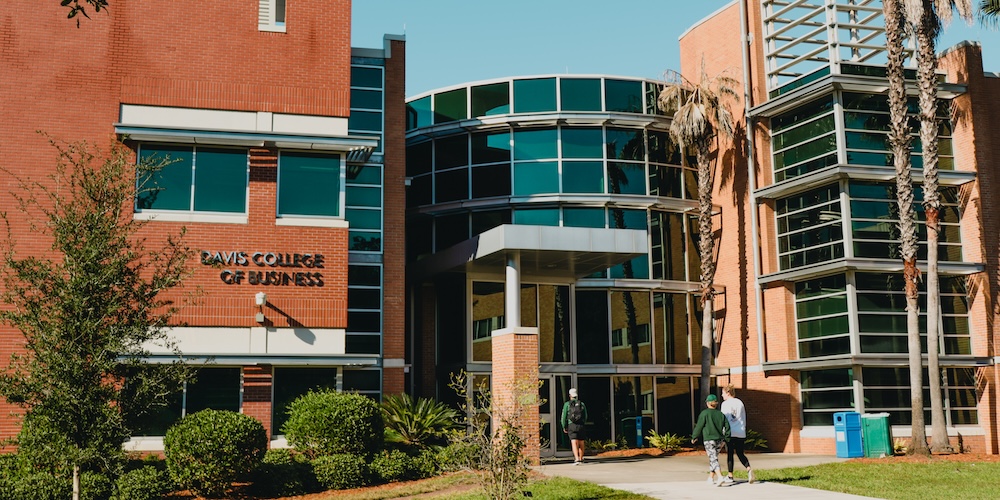What keeps most small businesses small? What barriers are the most discouraging for entrepreneurs?
Based on interviews with more than 150 successful leaders of mid-sized businesses in both Tokyo, Japan, and Jacksonville, Florida, five factors stood out as imperatives for small business success. These factors often determined the rate and speed at which these companies created new jobs or drove innovation and sustainable economic value. Of the 150 entrepreneurs interviewed, there was practically unanimous agreement that these five factors create or ruin the environment for startup growth and prosperity.
-
- Ability to borrow or leverage assets or accounts receivable into usable capital investment.
- Transparent lending practices or equal access to financing for both small and larger companies.
- Transparent and consistent international trade policy.
- Corruption mitigation or adherence to the rule of law.
- Stability or certainty around taxation policy/rates and mandated employee benefits required by government for employees.
Two Questions Driving This Study
-
- What major impediments stifled your growth and vitality when starting your small company?
- What influenced your willingness, as an entrepreneur, to accelerate the growth of your startup?
Based on survey answers, my hypothesis is clear signaling around policy concerning all five factors is incredibly important when you want job growth. The more stable taxation and trade policies are, the more likely small businesses were to hire new employees and purchase capital equipment or technology enhancers. Explained another way, increases in the rate and scale of job creation are related to the sum total of perceived rewards for commercializing new products or services and gaining startup traction.
Startup Traction and Burn Rate
Startup traction is when a new business begins to bring in significant monthly revenues approaching or exceeding the monthly average expenses. Another definition of traction is when a new venture transitions from low margins and overall unprofitability to higher margins and a sizable market share. The burn rate is the amount of cash spent without offsetting net revenues
For the company leaders we interviewed, their willingness to take on risk actually decreased as their profits increased. For many of these businesses, profitability came early in the company’s history. But for others, the greatest risk was taken immediately to gain customers and market share and their burn rate was very high. In startup vernacular, the “burn rate was the single most unnerving factor when determining risk appetite Several of the companies we interviewed went two to three years before turning profit and only the bravest leaders hired and spent during the years with the highest burn rate.
Correspondingly, those interviewed said that they intentionally slowed hiring with increased uncertainty in government, trade, and taxation policy. This phenomenon was especially acute for Japanese small business owners entering international markets dominated by large competitors. Japanese entrepreneurs experienced great adversity and few avenues to investment capital without robust domestic demand for their products. In Japan, large companies enjoyed borrowing rates at close to zero interest expense while startups had to resort to family, close friends, and high rate private loans in their formative years.
While most contributing factors to the rate of workforce/job growth for small to mid-sized companies depended on the industry or specific economic conditions, there were strikingly similar answers to survey questions regarding an entrepreneur’s most significant challenges or what kept them up at night. And most of those answers were related to the five factors above.
My conclusion? No matter where you start a business, consistent policy and friendly environments to new businesses lead to the willingness to expand hiring and capital expenditures at a dramatically faster rate.

